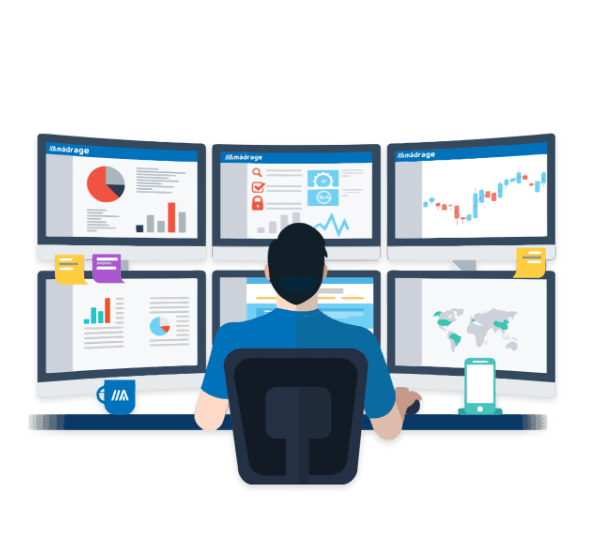
In the last decade, companies and organizations have been adopting more and more advanced solutions
to manage their businesses, profits, and guarantee competitiveness in the industry where
they are growing. The most widely implemented solutions today are intelligence (BI) and business
analysis (BA) tools. Among the most frequent questions we have the difference between BI and BA.
BI aims to provide information to improve business operability. While BA is used to analyze
relevant data that supports the forecast of industry trends.
Business Intelligence
BI is used to maintain and optimize the current operations of your business. Intelligence systems
refer to technologies, applications and practices for collecting, integrating, analyzing and
presenting information regarding the business. The objective of BI is to be able to offer
decision-making support using the collected data with the aim of increasing organizational productivity.
Using the correct tools such as real-time dashboards, where it is possible to generate reports that
contain relevant and actionable data.
The reports generated are summaries of information whose main focus is to monitor the performance
of the various areas of a company. Statistics aim to extract meaningful scenarios to understand
the current situation and improve business performance.
These reports present the data and
resources necessary to facilitate the process of data analysis and interpretation. Both one and
the other are of extreme importance. These tools also serve to identify weak areas and promote ways
to solve problems. For a business intelligence system to function perfectly, agile integration
resources are necessary.
The best known tools are:
QlikView, SAP BusinessObjects, Mircrosoft Power BI, IBM Cognos e Microstrategy.
